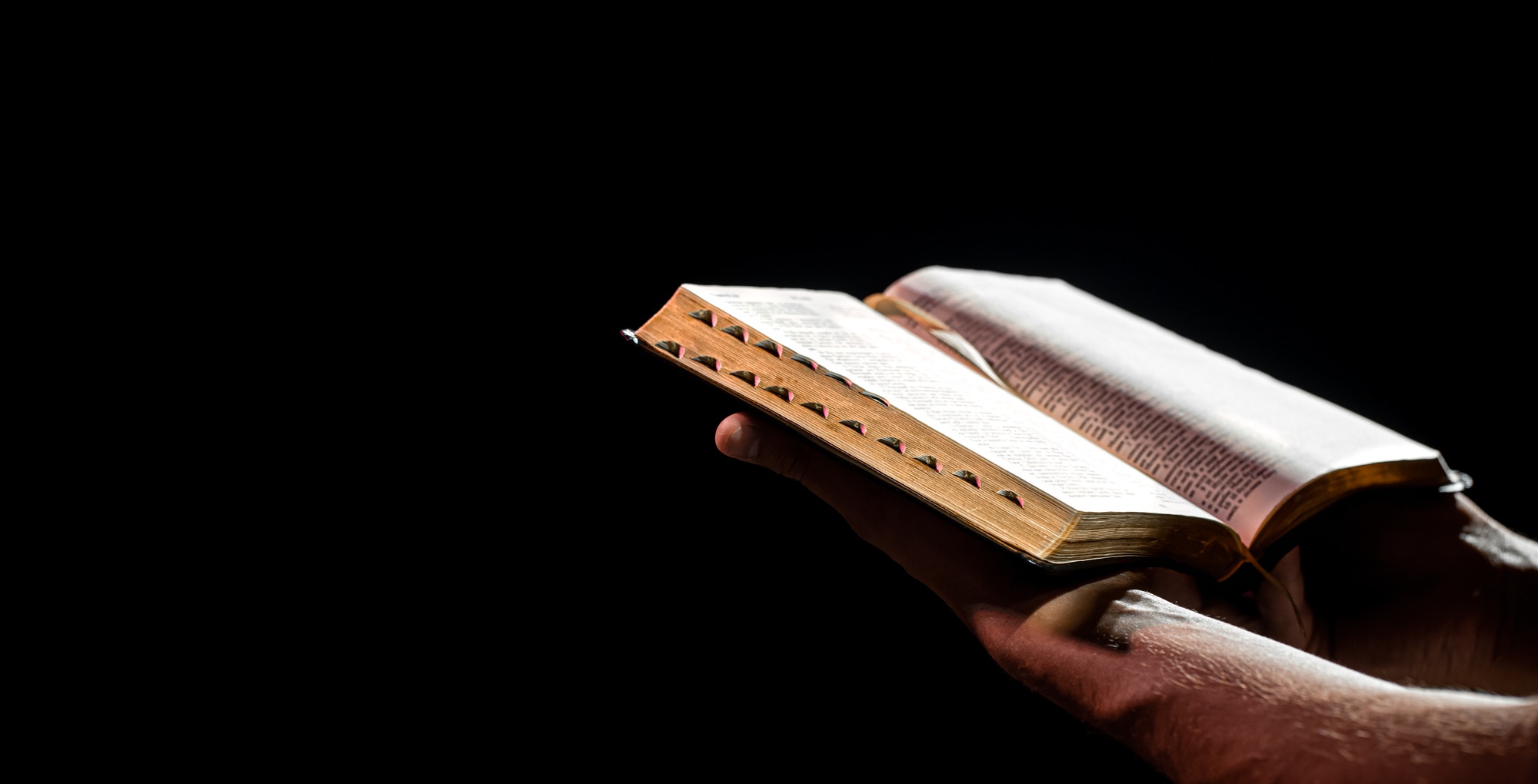From biblicalarchaeology.com
With the election of Pope Leo XIV, the Catholic Church has had 267 widely acknowledged popes its nearly 2,000-year history. The head of the Roman Catholic Church, the pope leads one of the largest religious groups in the world. But who is the pope, and how did this position gain such prominence within early Roman Catholic “Christianity”?
The Pontifex Maximus
According to Catholic tradition, the papacy traces its lineage back to the apostle Peter. During the first century CE, Peter was not identified as pope but rather as the first bishop of Rome, the city where he is also believed to have been martyred. Already within the first and second centuries, the bishop of Rome was seen as an important and authoritative figure within nascent Christianity. The letter of Clement I (92–100 CE) to the Corinthians is often seen as just such an example of another church following the religious authority of Rome. Part of this deference to the church of Rome can certainly be attributed to its joint founding by Peter and the apostle Paul.
Despite this deference, the authority of the bishop of Rome was not always supreme, and numerous bishops throughout the empire enjoyed authority over their own regions, especially those of Alexandria in Egypt and Antioch in Asia Minor. Although it seems that the bishop of Rome’s opinions on matters of theology were widely respected, the early popes had numerous clashes with other bishops, such as that between Pope Stephen (254–257) and Bishop Cyprian of Carthage regarding the pope’s authority over doctrinal issues. It was around this time that the term “pope” came into regular use, although it originally referred to refer to a wide number of individual bishops, not just the one in Rome. It was not until the 11th century that the term pope officially became solely the title of the bishop of Rome.
Like many things in early Christianity (first–third centuries), little is known about the lives and actions of many of the early popes, with many of them dying as martyrs. However, beginning in the fourth century, the bishop of Rome increasingly argued for his authority over the universal church based on the principle of Petrine succession. In the following centuries, the popes of Rome centralized their authority, especially during the terms of Pope Leo I (440–461) and Pope Gregory the Great (590–604). Despite numerous schisms and controversies, the pope has remained the head of the Catholic Church ever since.
After roughly two millennia, hundreds of popes have been elected, although only a handful have come from outside of Europe, with Leo XIV being only the second pope from the Americas. Meanwhile, more than 80 have come from the city of Rome.
